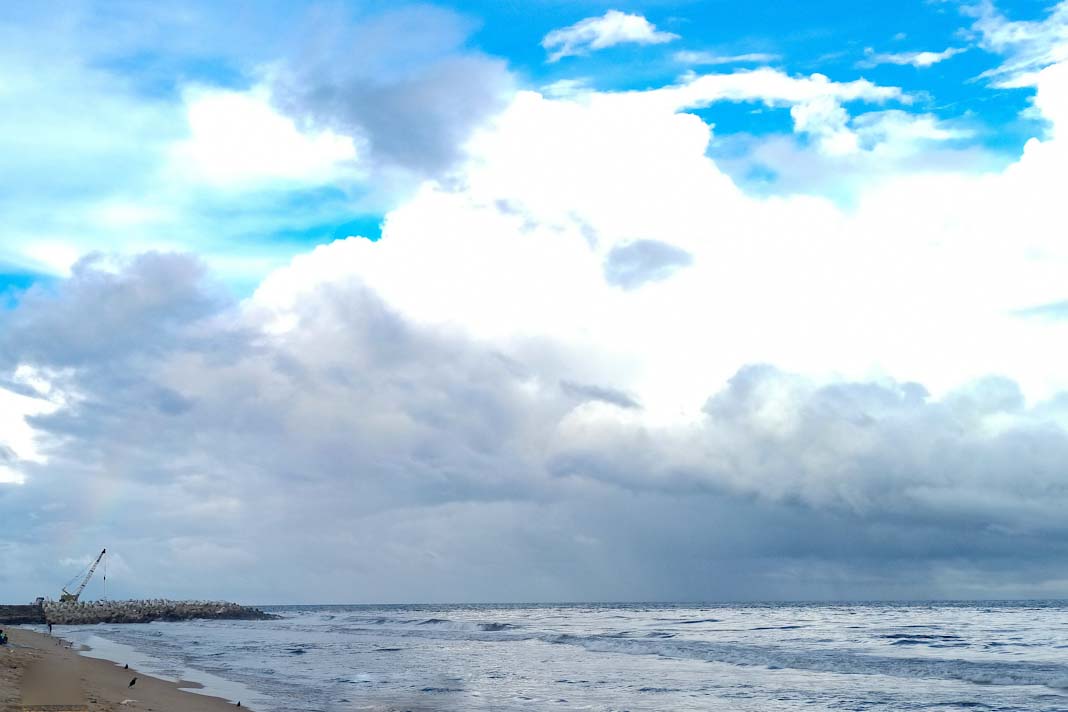Ports of Stockholm has taken a significant step toward enhancing sustainability in cruise shipping by launching Sweden’s first onshore power connection for cruise ships. This innovative facility allows vessels to connect to electricity while docked, reducing emissions and noise pollution. The move solidifies Stockholm’s status as a leading destination for environmentally friendly cruise traffic.
Inauguration of Sweden’s First Onshore Power Facility for Cruise Ships
On 17 September, Ports of Stockholm inaugurated one of Europe’s first and Sweden’s first onshore power supply (OPS) facilities specifically for international cruise ships. The facility was officially put into operation when TUI Cruises’ new vessel, Mein Schiff 7, connected to the power supply. Jens Holm, Chair of the Board of the Ports of Stockholm, emphasized the significance of this development, stating, “The inauguration of Sweden’s first onshore power connection for cruise ships is an important milestone in creating a premium destination for sustainable cruise traffic, both in Stockholm and throughout the Baltic Sea region.”
Environmental Benefits of Onshore Power Supply
The high-voltage facility, built to international standards, enables ships to switch off their auxiliary engines at berth, drastically cutting emissions and reducing noise pollution. Approximately 45 percent of cruise ships calling at Ports of Stockholm can now connect to the electrical grid. The electricity is 100 percent green and is sourced from renewable energy such as wind and hydropower.
Incentives for Environmental Performance
To encourage environmental improvements, Ports of Stockholm offers discounts on port fees to shipping companies that demonstrate high environmental performance under the Environmental Ship Index (ESI) and Clean Shipping Index (CSI). These incentives aim to reduce emissions of carbon dioxide, nitrogen oxides, sulfur oxides, and particulate matter.
Commitment to Waste Management
Ports of Stockholm has long provided reception facilities for black and grey water from ships, with 85 percent of cruise vessels utilizing these services. Many ships also have onboard sewage treatment systems or store wastewater for disposal at other ports. In addition, vessels are required to leave solid waste at the port, with reduced fees offered for source-separated waste.
Collaborative Efforts and Long-Term Sustainability Goals
In partnership with other Baltic Sea ports—Copenhagen/Malmö, Aarhus, and Helsinki—Ports of Stockholm has secured EU funding for OPS investments. Additional support for one of Stockholm’s OPS facilities has been provided by Sweden’s Environmental Protection Agency through the Klimatklivet initiative.
Looking ahead, Ports of Stockholm is committed to reducing greenhouse gas emissions and air pollutants in collaboration with its shipping customers. The long-term goal is to achieve zero emissions from ships operating within the port areas by 2040. Expanding onshore power connections is a key strategy for reaching this objective.
Did you subscribe to our daily Newsletter?
It’s Free Click here to Subscribe!
Source: Ports of Stockholm
















